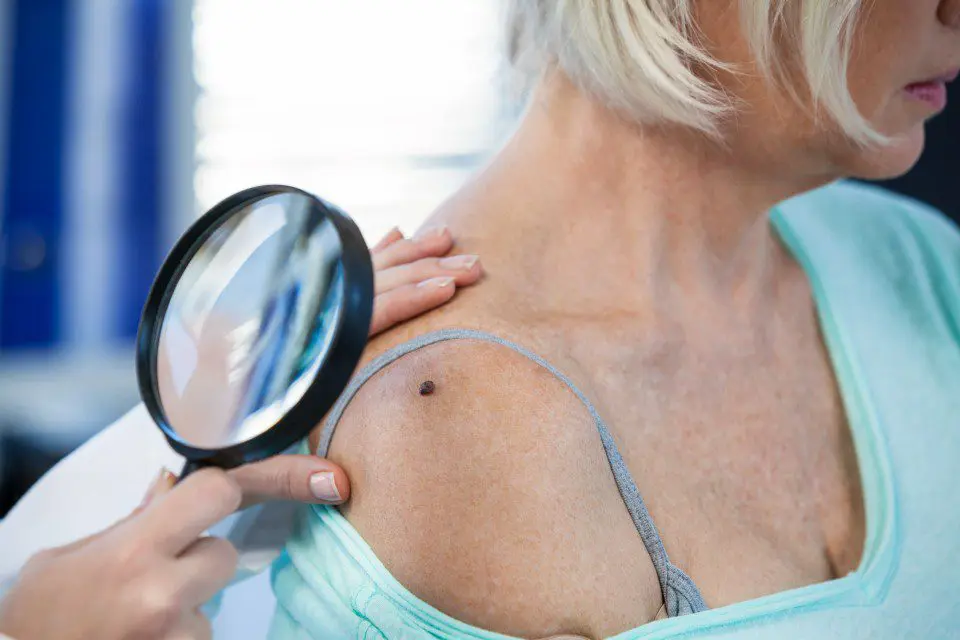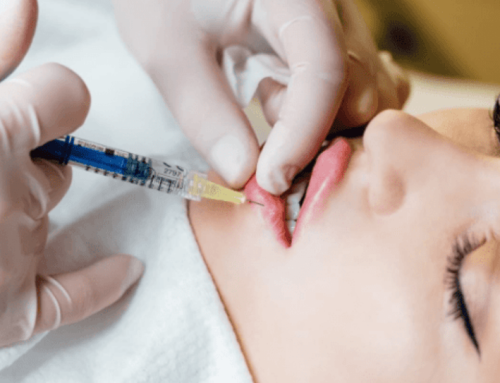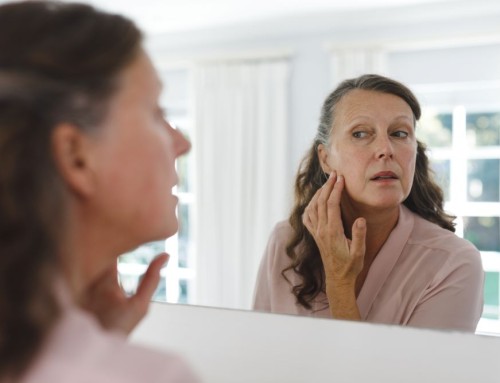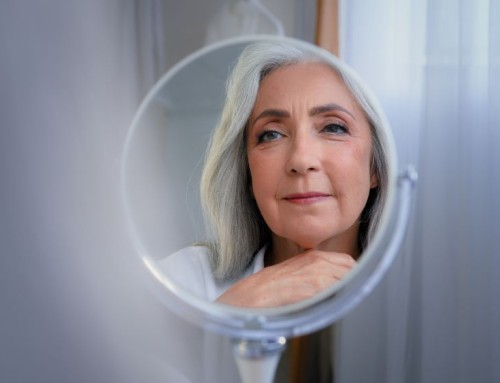Skin Cancer & Skin Cancer Surgery: 7 Facts You Need To Know
The word cancer is enough to strike fear in just about anyone’s heart. Skin cancer is often dismissed as less serious, but according to the Skin Cancer Foundation, about two people in the United States die every hour from this condition. Fortunately, skin cancer surgery can reduce the likelihood of serious complications and death. Let’s look at a few facts about this type of cancer.
1 – There Are Three Main Types of Skin Cancer
The most common type of skin cancer is called basal cell carcinoma, and while it sounds scary, it’s actually the easiest type of skin cancer to treat. Squamous cell cancer, which is the next most common, also is easy to treat, although it can be a more aggressive form of cancer than basal cell carcinoma.
Melanoma is the most dangerous and deadly type of skin cancer, and while it is the least common, cases of this type of cancer are increasing. The good news is that, if caught early, the five-year survival rate is 99 percent.
There are a few other rare types of skin cancer including sebaceous gland carcinoma, which often presents as a lump or thick area of skin on your eyelids, though it can appear elsewhere. Merkel cell carcinoma presents as a fast-growing, usually reddish or purple nodule on your face, neck, or head. Kaposi sarcoma is another rare skin cancer, typically only seen in patients with HIV and AIDS.
2 – Most Skin Cancer Is Caused By Exposure To Sunlight
Most people know that sunlight can cause skin cancer, but let’s talk a bit about this issue. For instance, did you know that if you have had five or more sunburns, this doubles your risk for melanoma? If you had just one sunburn as a child or teen that caused blistering, this alone doubles your chances of melanoma.
While sunlight certainly has its benefits, too much sun greatly increases your risk of skin cancer and, by age 70, about one out of every five Americans will develop some type of skin cancer. Still, younger people should be on the lookout for signs of skin cancer, especially melanoma, which is on the rise in younger patients.
3 – Lighter Skin = Higher Risk
If you have fair skin, especially fair skin that burns easily, this puts you at higher risk of basal cell carcinoma. People with red or blond hair and people with eyes that are lighter in color also have a higher risk. Still, people with darker skin, hair and eyes also should be vigilant about skin cancer, especially if they spend a great deal of time in the sun, as skin cancer can be just as deadly even if there is slightly less risk of acquiring this type of cancer.
4 – Prevention Can Be Easy
One of the most obvious things people can do to prevent skin cancer and avoid skin cancer surgery is to simply wear sunscreen with broad-spectrum coverage. This prevents both UVA and UVB rays from damaging your skin. We recommend using sunscreen with an SPF of 30, even on a cloudy day.
These days, it’s easy to find products such as a foundation, CC cream or moisturizer that include sunscreen and we highly recommend that you use one of these options. There are many excellent moisturizers with SPF for both men and women, and we recommend that you use this every day on your face, neck and arms (basically anywhere that might be exposed to sunlight).
It also is wise to avoid peak sunlight hours, which are typically from about 10 a.m. until about 4 p.m., although your location on the globe and the season will alter this somewhat. If you do need to be out in the sun, wear a hat and opt for clothing that is designed to block UV rays.
We also highly recommend that you avoid tanning beds. We know that a great tan looks amazing, but it truly isn’t worth the risk. According to the Skin Cancer Foundation, “indoor tanning devices can emit UV radiation in amounts 10 to 15 times higher than the sun at its peak intensity.” Look at it this way, protecting your skin from UV rays not only prevents cancer, which is a huge benefit, it also keeps your skin more youthful as sun damage is one of the primary causes of premature aging.
5 – Know Your ABCs & D & E
To help people identify skin cancer, a handy mnemonic device has been created to help you evaluate changes on your skin. The first is A for Asymmetrical. If you have a mole that is symmetrical, which means both halves of the mole are shaped about the same way, this is usually a normal mole. An asymmetrical mole might be skin cancer.
- B is for Borders. Look at the border of a mole. A normal mole should have fairly clearly defined borders. If you see an irregular border or a ragged-looking border, this could be a sign of melanoma, so you need to have a doctor check it out.
- C is for Color. Normal moles should have the same color throughout. If you have a mole with varying shades of color or a mold where you’ve noticed a color change, it’s time to call your doctor, whether it has gotten lighter or darker.
- D is for Diameter. Normal moles tend to be fairly small. If you have a mole larger than about the size of a pencil eraser, book an appointment with your doctor.
- E is for Evolving. Moles can develop at any time in life, and most are perfectly benign, but if you notice that a mole has gotten larger or smaller or changed color or even changed height, contact your doctor. If you notice that a mole has begun to bleed or itch, call your doctor.
6 – Early Treatment Is Crucial
If you notice changes in your skin, such as red, scaly patches, an odd-looking new mole or changes in an existing mole, call your doctor. Patches of discoloration also can be signs of skin cancer. Anytime you notice something that seems a bit off, it’s wise to consult with a doctor. Many times, it will simply be a benign issue, but if it is skin cancer, and it’s caught early and removed, the likelihood of complications is extremely rare.
7 – We Can Provide Skin Cancer Surgery
Skin cancer surgery often is a simple, outpatient procedure, especially for basal cell cancer and squamous cell cancer, which are the two most common types of skin cancer. Generally, for small lesions, we might simply use a local anesthetic to remove the cancer cells.
However, in some cases, the cancerous lesions might be growing deeper into the skin, and it can be a larger growth than the appearance would suggest. For this IV sedation or general anesthesia might be needed, but we can discuss all possible options during your first appointment.
One common type of skin cancer surgery is known as Mohs surgery. We numb the skin, which is typically the only discomfort a patient will notice. Then we remove a layer of skin and examine it to determine whether or not cancer cells are present. If no cancer is present, that’s usually the end of the procedure. If we do find cancerous cells, we remove another layer and then another until the entire cancerous tissue has been removed.
There are several other types of surgery, including excisional surgery and electrosurgery. For melanoma, sometimes treatment includes radiation therapy and other cancer therapies, but often, if it’s found in the earliest stages, these types of treatments won’t be needed.
Dr. Thaxton is certified by the American Board of Plastic Surgeons and a member of the American Society for Aesthetic Plastic Surgery. While his main goal with skin cancer surgery will be to remove the skin cancer, his skill as a plastic surgeon can help minimize scarring, which patients also often worry about.
While it’s scary to think about skin cancer, it’s usually always very treatable, and the surgical procedures we use to remove most skin cancers are fairly simple. The best advice we can give patients is to call us and schedule an appointment any time you see a skin issue, such as odd discoloration, changes in moles, hard nodules on your skin or eyelids, etc. It’s always better to be safe than sorry, and we can provide you with high-quality skin cancer surgery.





